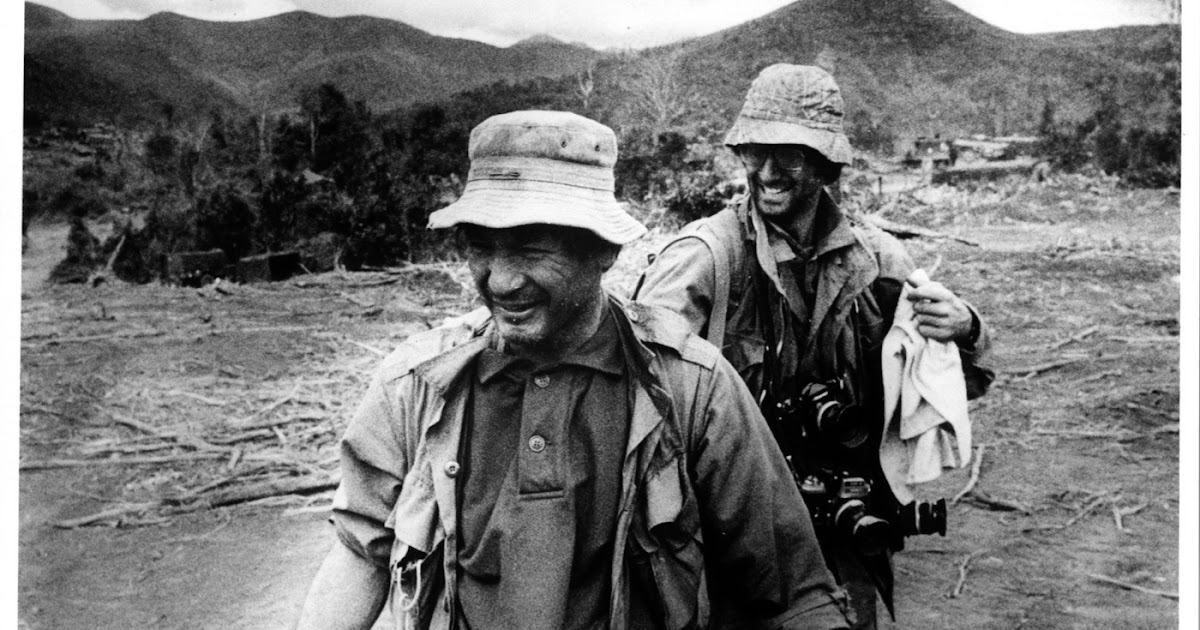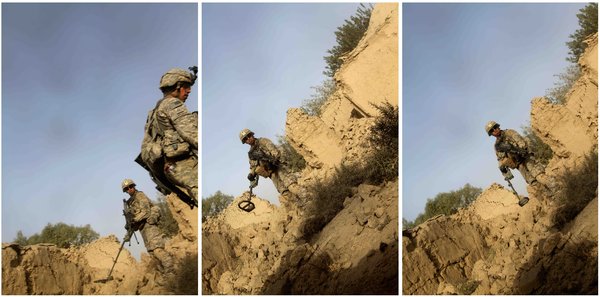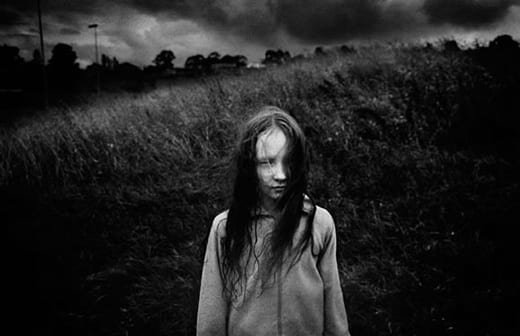Photojournalist Giles Duley Gravely Injured in Afghanistan | PDNPulse
The New York Times has just reported that British freelance photographer Giles Duley lost both legs and an arm after stepping on an improvised explosive in the Kandahar Province of Afghanistan. The incident occurred February 7 while Duley was on a foot pa
via PDNPulse: http://pdnpulse.com/2011/02/photojournalist-giles-duley-gravely-injured-in-afghanistan.html
I have stayed away from much of the online discussion of the use of camera phones and apps in photojournalism largely because I have not wanted to be seen as an advocate for their use and because I have wanted to avoid any appearance of endorsing any particular product or technique — which I absolutely do not. It was never my intention for these photos to be seen only in the context of the tool by which they were made.
Having said that, I will always stand behind these photographs and am confident in my decision that this was the right tool to tell this particular story.
Any discussion about the validity of these images comes down to two basic fundamentals: aesthetics and content.










